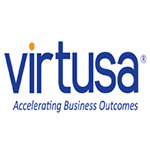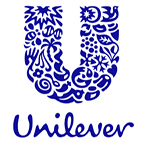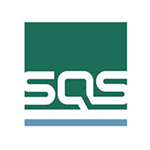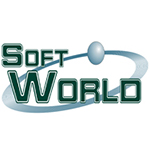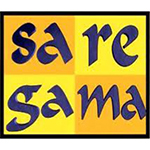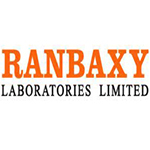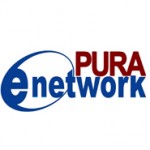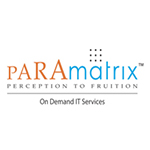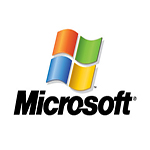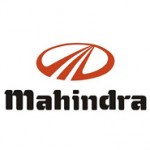How to Add Redundant Storage to your Azure VMs
One of the first questions every client asks about Azure VMs is how to add redundant drive space to a VM once its launched. If this isn’t your first question once you RDP into the server, you are likely doing something wrong.
If your server shows a D drive labeled Temporary Storage, it is just that. Temporary Storage in that drive is deleted any time a server reboots.
To ensure persistent data after reboot, you will need to add redundant storage to your VM.
The following is a modified excerpt from the Window Azure Training Kit – October 2012 Refresh that will walk you through adding Storage to a VM:
• In the Windows Azure Portal, click on your virtual machine name to open its Dashboard.
• At the bottom menu, select Attach | Attach Empty Disk.
• In the Attach Empty Disk to Virtual Machine page, set the VM Size to the desired drive space in GBand click Finish
• Wait until the disk has been provisioned and then repeat the previous steps to create and attach any additional required disks.
• You should now have 2 50 GB data disks attached to your virtual machine.
• At the bottom menu, click Connect and log in to the virtual machine using Remote Desktop (RDP). Use the Administrator credentials to log in.
• Once logged in, start Computer Management from Start | Administrative Tools and under Storage click Disk Management.
• Right-click on each disk (on the left side) and mark it online.
• Once the disks are online you will need to right-click on one and click Initialize (on the left side).
• Once the disks are initialized you will need to right click on the right side and select Create Simple Volume (software RAID is also support so those are available options as well). The Create simple volume wizard will allow you to format the disks and mount them for use.
Now you have usable disks in VM.
Disclaimer: Many of the articles are taken from MSDN, Azure tutorials and other sources on internet to provide a single place for various information about azure development.No copyright on this information is claimed and the copyright of all information is acrrued to all original authors including MSDN and Microsoft azure training materials.Some of this information shall be outdated or incorrect and the authenticty of the information contained should be verified with changes in azure or your own environment. We do not recommend using any of this information without proper consultation.
